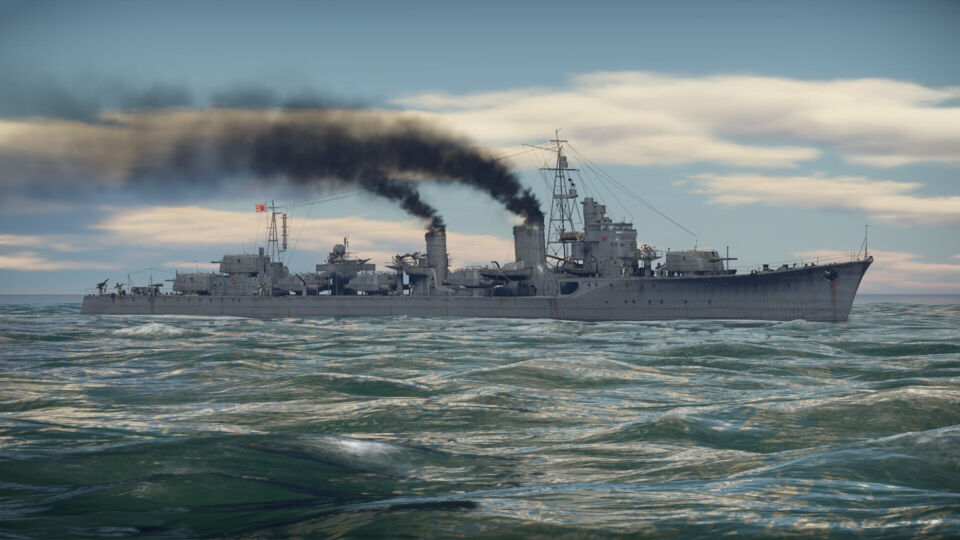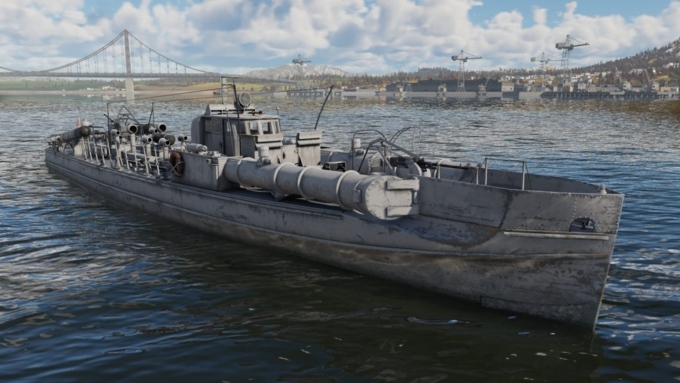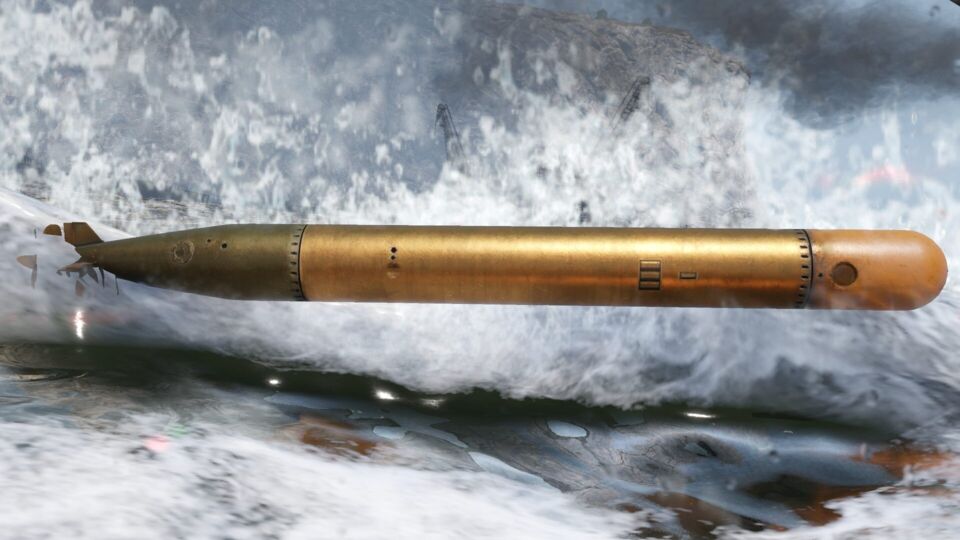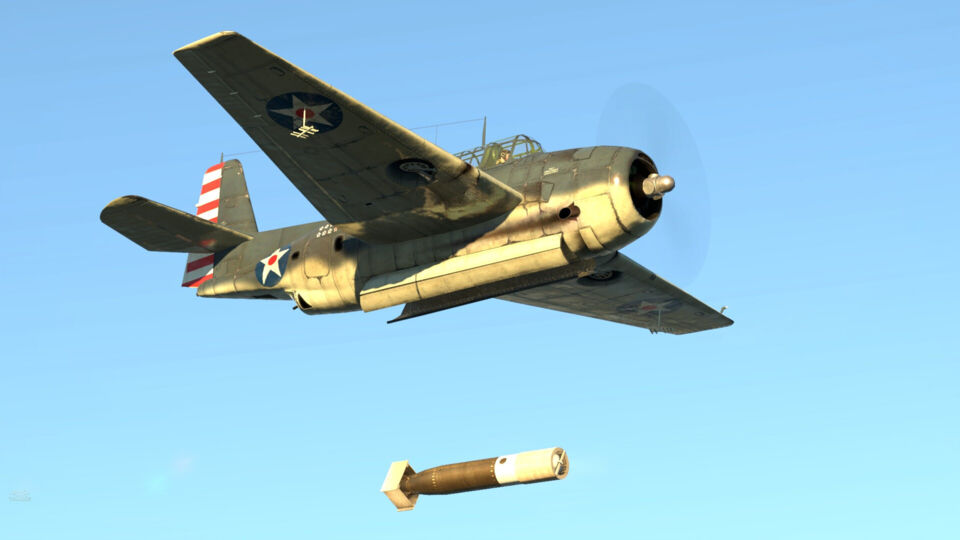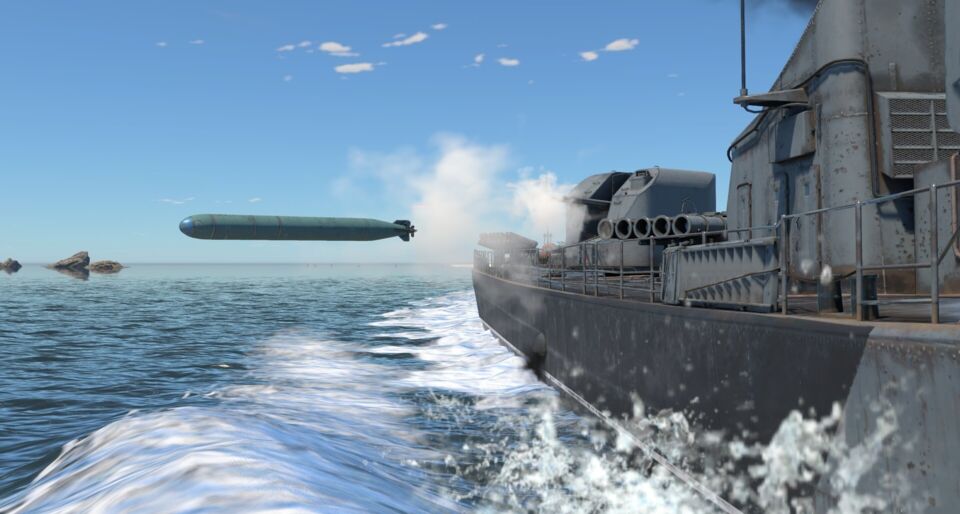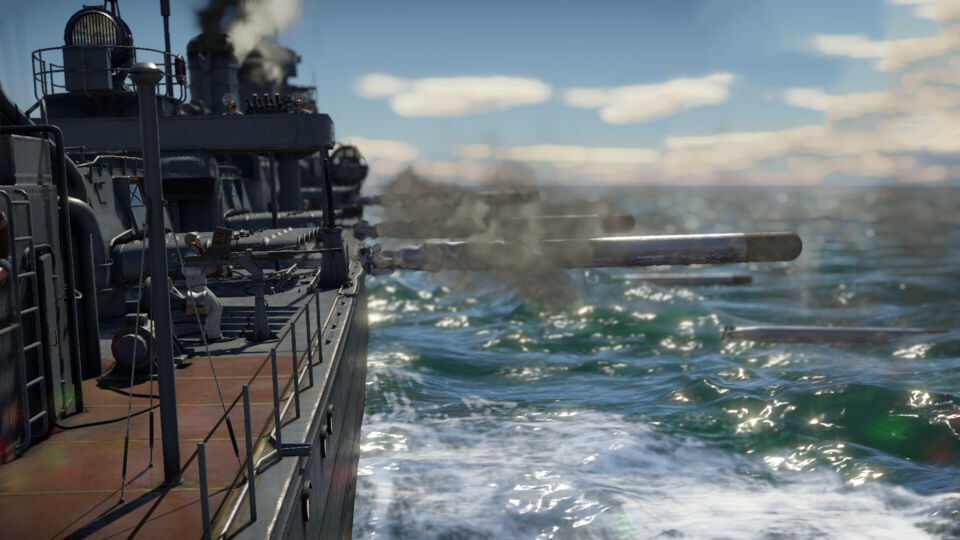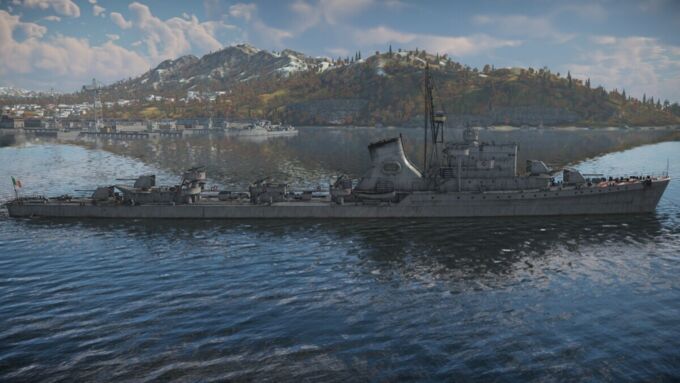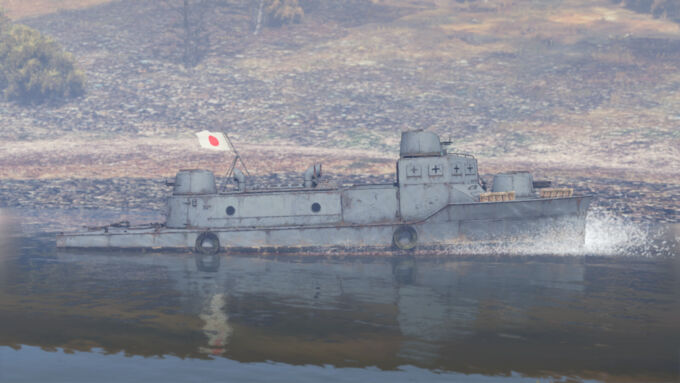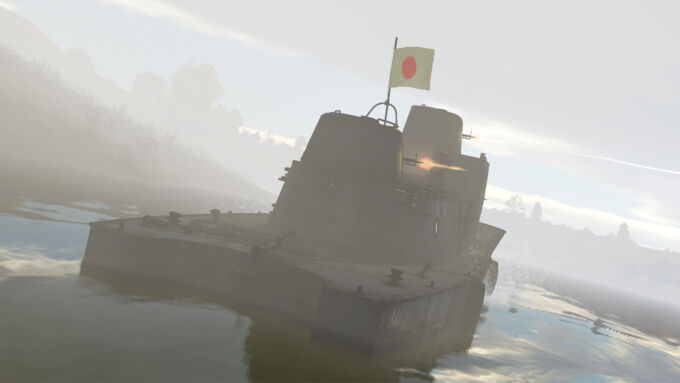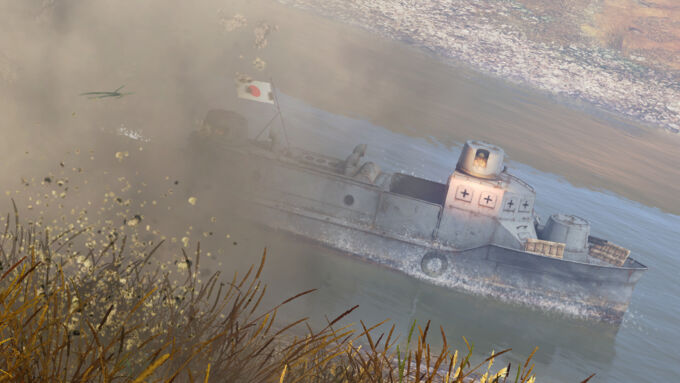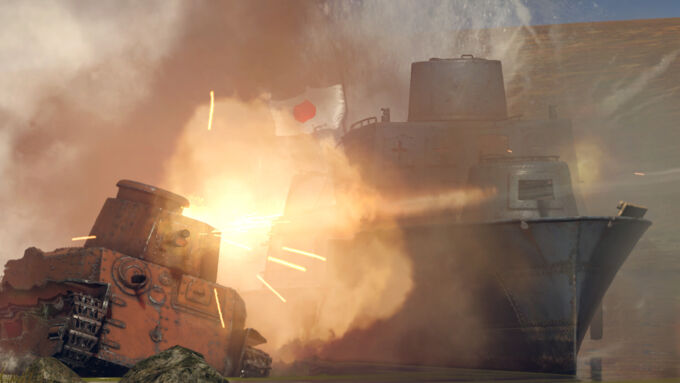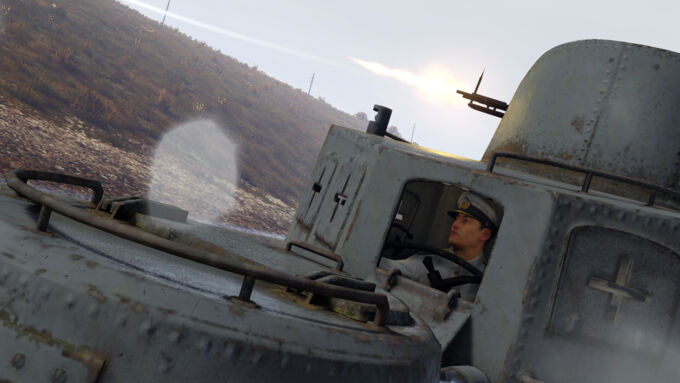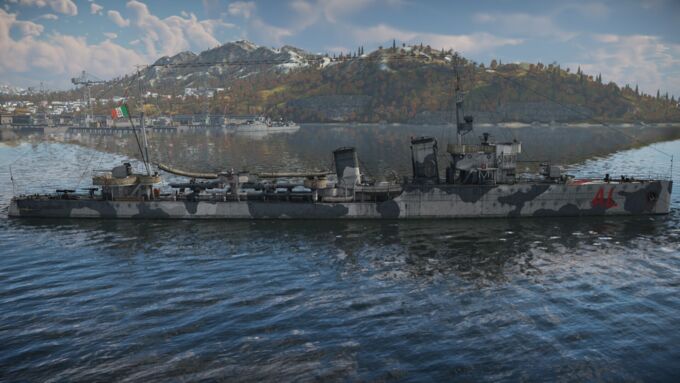Fleet
Shimakaze, the only built of her kind, was the fastest large ship of the Imperial Japanese Navy. As part of a three-type modernization of Japanese destroyer roles, Shimakaze served as a Type C, heavy-duty destroyer, utilizing superior speed and more torpedo launch tubes for a quick and decisive torpedo attack before speeding back to safety.
The Mk.IX is a British torpedo fitted to a significant number of cruisers. Cruisers other than Japanese cruisers rarely use the torpedo effectively in combat. Occasionally, however, an enemy may be jabbed, or the enemy may be unexpectedly close. In such cases, torpedoes can provide an easy way to defeat the enemy, or a way out of a difficult situation. In this case, the British torpedo is of rather average performance, and a few hits would probably sink the cruiser. Read more about the Mk.IX in the article.
18-inch Mk.7 was an American lightweight torpedo developed by Bliss-Leavitt in 1911 as the first American torpedo used on submarines and surface vessels alike. By 1917 an airborne Mk.7 Type D variant was developed, but it has never seen serial production. Mk. 7 remained in service until the end of the World War 2, primarily on the O-type submarines.
The American 22.5-inch Mk.13 torpedo was a problem child for the Navy: it took a long time to design, it was unreliable, and it was not ready for service until 1936. But in the game it became one of the best American torpedoes. It is also available on both aircraft and torpedo boats. Read more about this universal torpedo in the article.
The SET-40 (Russian: "СЭТ-40") is a Soviet 400 mm torpedo for primary use against submarines. The designation "СЭТ" stands for "Самонаводящаяся Электрическая Торпеда" (Guided Electrical Torpedo) and 40 stands for the diameter. It is an early Cold War-era ASW (anti-submarine warfare) torpedo of Soviet origin used by a few corvettes and frigates. An improvement over the previous MGT-1 passive homing torpedo and a needed weapon due to the Soviet Navy's need for a torpedo with small dimensions that could be mounted on submarines as well as small ships and boats that could not carry the larger and many times heavier 533 mm calibre weapons. But in the game, ships do not have to fight with submarines, but with enemy torpedo boats, sea hunters and larger ships — quite. Read more about the torpedo — in the article.
On many of the game’s larger ships, torpedoes are more of a support role: they can help in a close combat situation, or destroy an enemy who is too busy looking into their sights. But Japanese Type 93s, one of the most powerful torpedoes in the game, are often more useful than main-calibre guns. On destroyers, they become the main means of fighting the enemy. There are two Type 93 torpedoes: Model 1 and Model 3. The former has a range of 5 kilometres, but 300 kg less explosive than the Model 3. Read more about the deadly Japanese torpedoes in the article.
The Soukou-Tei No.4 (AB-4), the first production model of the Soukou-Tei series, was introduced in 1933 following the success of the AB-1 'Sakigake' and AB-2 'Kachidoki.' Upgrades included dual 7.7 mm machine guns replacing 6.5 mm ones, the 57 mm Type 97 tank gun replacing the 37 mm Type 11 infantry gun, and more efficient welding for lighter yet equally protective armor. A diesel engine further improved mobility, enabling higher speeds. Compared to its predecessor, the AB-4 boasts better performance, firepower, and mobility but still struggles with limitations in open-sea combat. The 7.7 mm machine guns are effective against lightly armored targets like patrol boats and aircraft but lack range, while the 57 mm gun offers strong damage potential hindered by accuracy and velocity issues, making it challenging to engage fast or distant enemies.
RN Aquilone (1927) built by the Odero Shipyard, entered into service on December 3, 1927. In 1929 RN Aquilone constituted, together with the twins RN Turbine, RN Euro, and RN Nembo, the II Squadron of the 1st Flotilla of the I Division of Torpedoes, framed in the 1st Naval Squadron, based in La Spezia, the ship participated in some cruises in the Mediterranean from 1929 to 1932.
